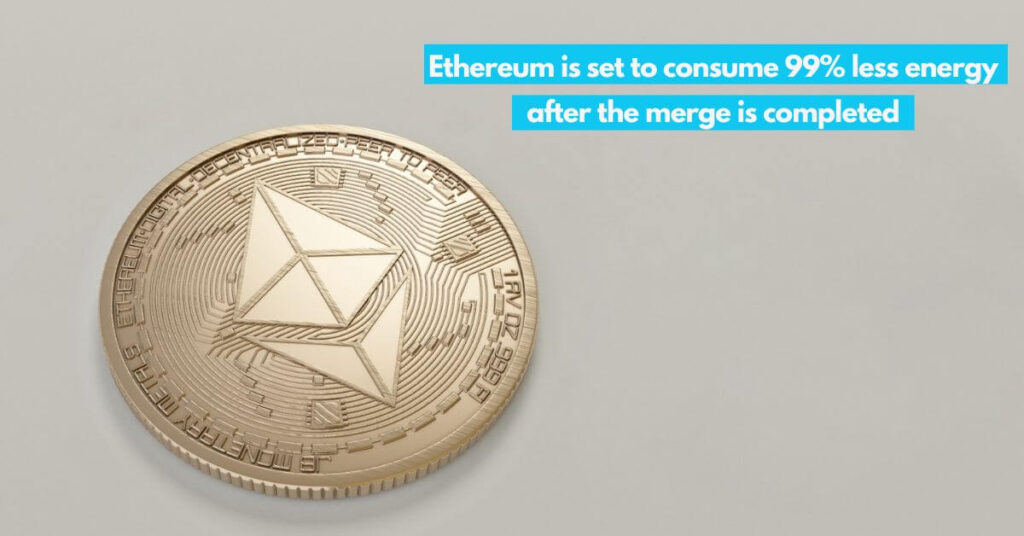The Ethereum merge is one of the biggest crypto events of the year, which took pl ,The end of mining and a more secure network ace in September 2022. It’s simply an upgrade of the Ethereum network from its current Proof-of-Work consensus algorithm to a new Proof-of-Stake algorithm.
Peromi is Under the proof-of-work (PoW) consensus algorithm, Ethereum miners had to compete against each other to validate blocks of transactions and add them to the blockchain. The miner that successfully validates a block was rewarded with ETH. However, this process requires a lot of energy as miners had to solve complex mathematical problems in order to validate blocks.
The Ethereum merge brought about several improvements to the network, one of the most notable being a significant reduction in energy consumption. Under the new proof-of-stake (PoS) consensus algorithm, miners no longer need to solve complex mathematical problems in order to validate blocks. Instead, they will stake their ETH in order to participate in block validation. This process is significantly less energy intensive, and as a result, Ethereum is set to consume 99% less energy after the merge is completed.
The End of Mining and a More Secure Network
Table of Contents
Ethereum mining was a profitable activity for many people around the world. However, with the merge, this is no longer the case. The new PoS consensus algorithm means that there is no longer a need for miners to validate blocks of transactions.
The Ethereum merge has also made the network more secure. Under the old PoW consensus algorithm, it was possible for someone with a lot of computing power to 51% attack the network. However, under the new PoS consensus algorithm, an attack will be difficult as hackers will have to stake a lot of ETH.
But at what Cost?
While the merge has lots of benefits in terms of energy consumption and security, it does have one potential downside. Under the new PoS consensus algorithm, those who hold a majority of ETH will be able to control the network. This could lead to Ethereum becoming more centralized than it is currently.
As a result, it’s worth understanding how the merge is affecting your current Ethereum use cases.
Gas fees
As we move into PoS, Ethereum is likely to see gradual decrease in the gas fees. At the moment, the gas fees have already been reduced compared to the last few months. However, this could also be impacted by the crypto market crash.
With the reduced load on the network, you’d be able to perform transactions quicker and more efficiently. Meaning that it should be cheaper to buy Ethereum with PayPal (as it already has low fees) and other payment methods. As well as trading on the CEXs and DEXs, signing smart contracts and interacting with Web 3.0 will become more appealing to the general public.
Staking
PoS consensus mechanism implies the ability to stake and validate transactions. With Ethereum switching to PoS, we are likely to see more ETH locked for staking rewards, more farming pools and more stable prices.
The staking of ETH, implies locking tokens away and not being able to sell. This is likely to result in less fluctuations over time but also reduced coin price.
Did Ethereum Merge Affect its Price?
Unfortunately, the Ethereum merge has a minimal impact on its price. The merge itself is only a step in the right direction for Ethereum as there are still lots of scaling solutions and upgrades that will be added to the Ethereum network in the coming years. These include Sharding and Rollups, which will help Ethereum to handle more transactions per second. When these upgrades are added, the price of ETH will likely increase as it becomes more scalable.



